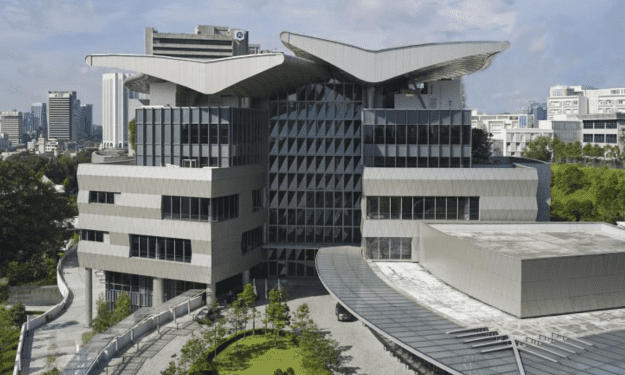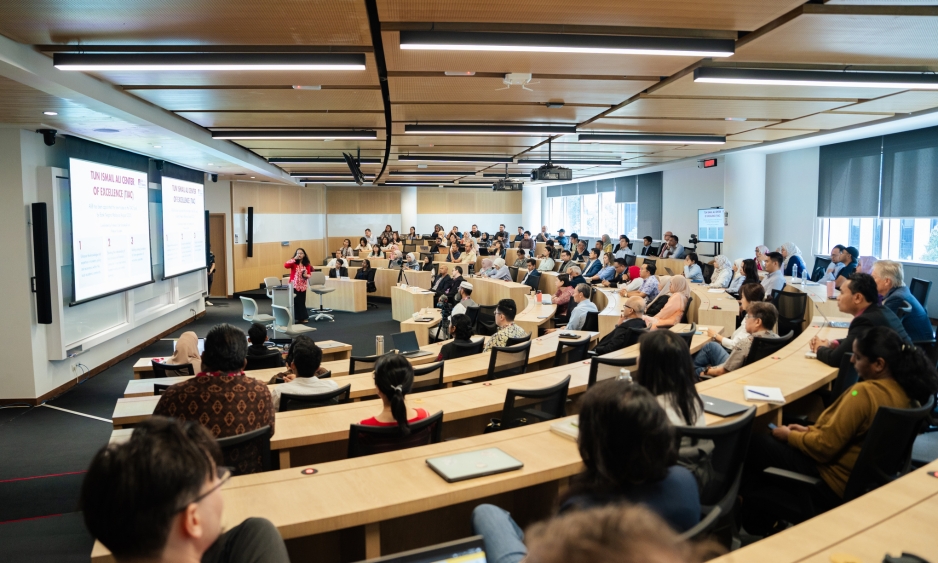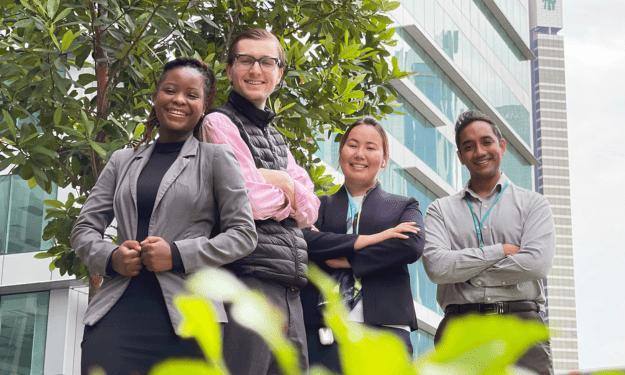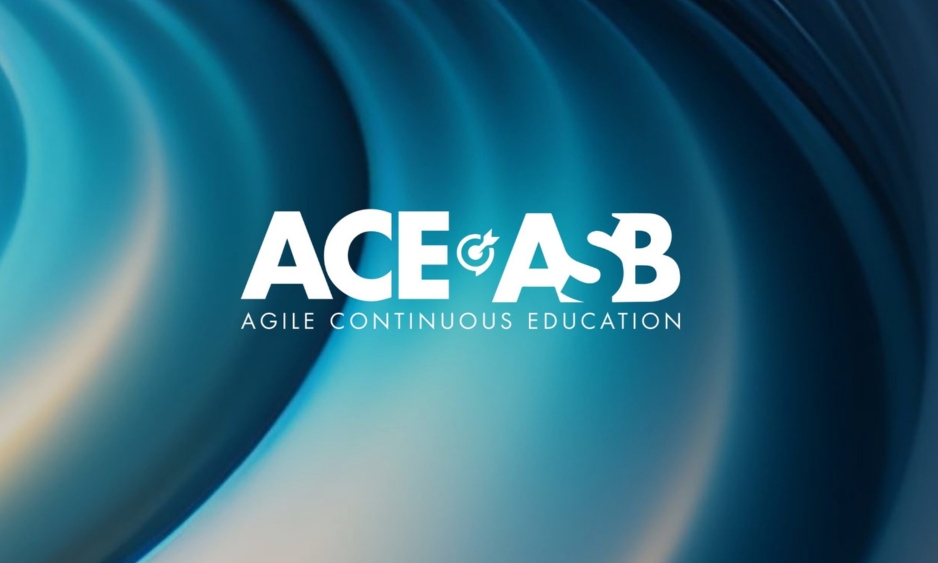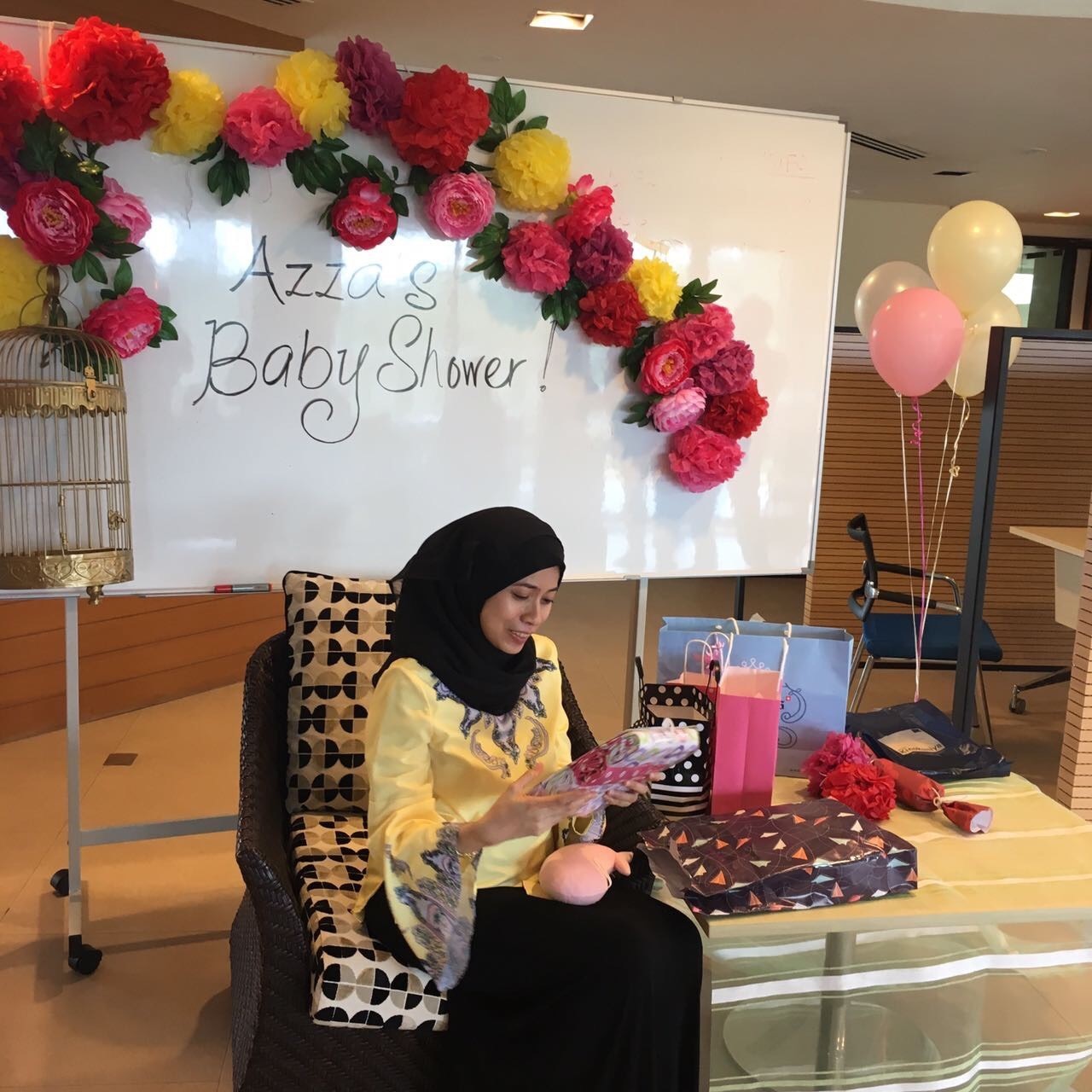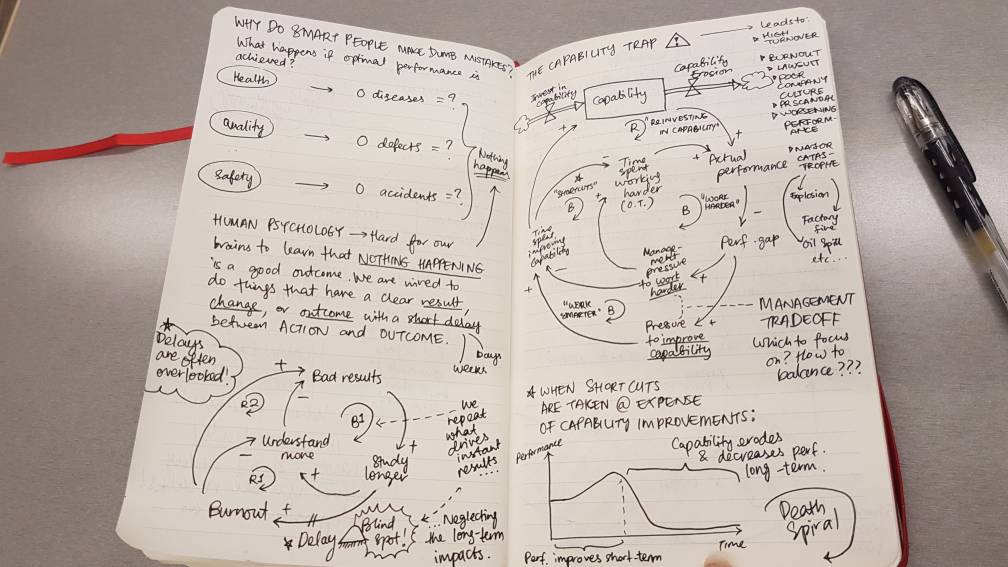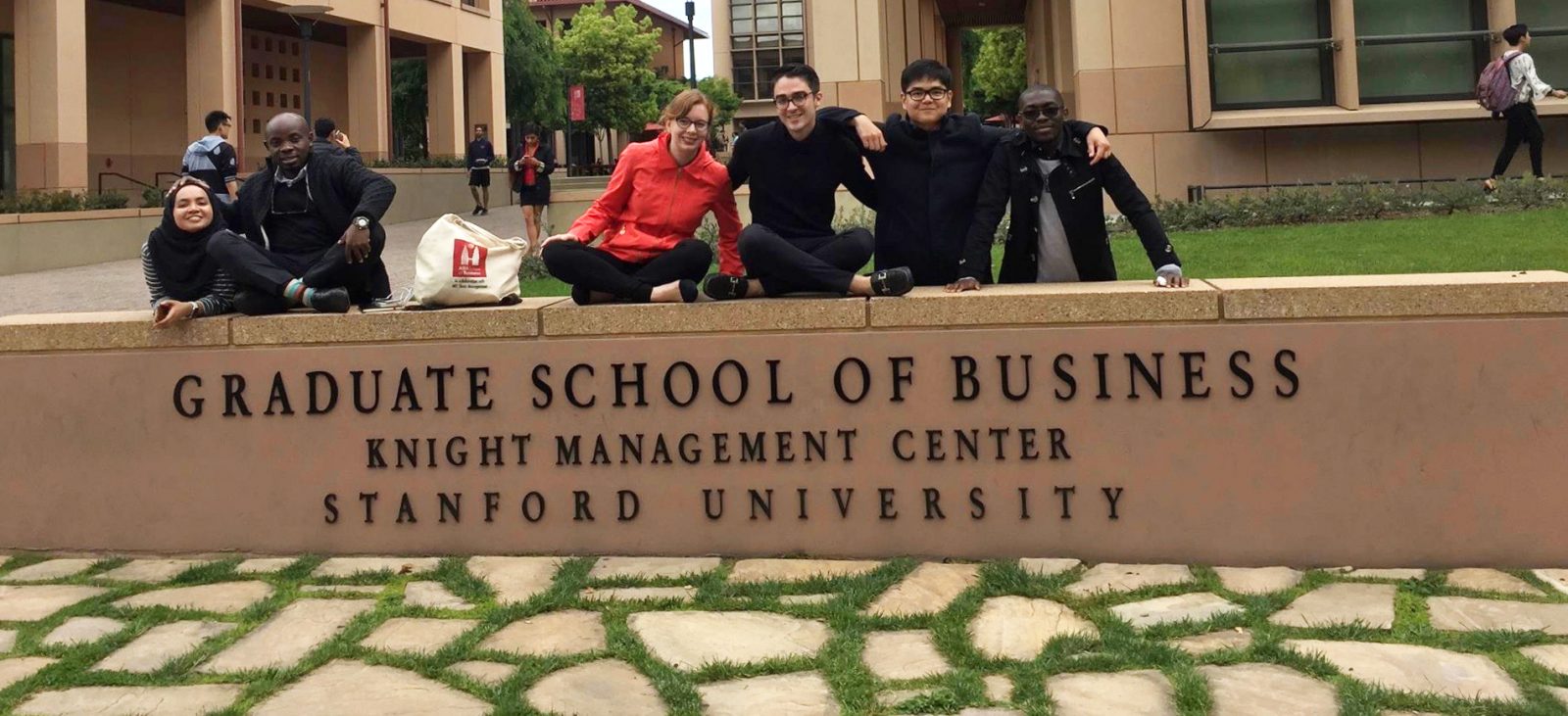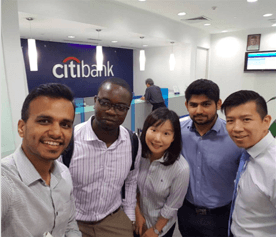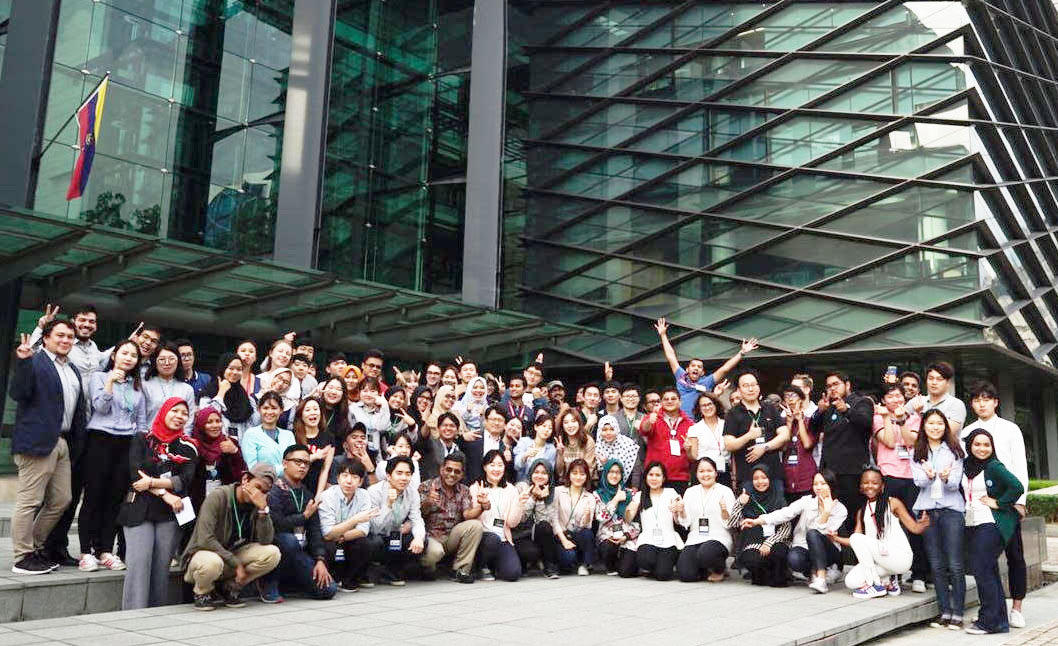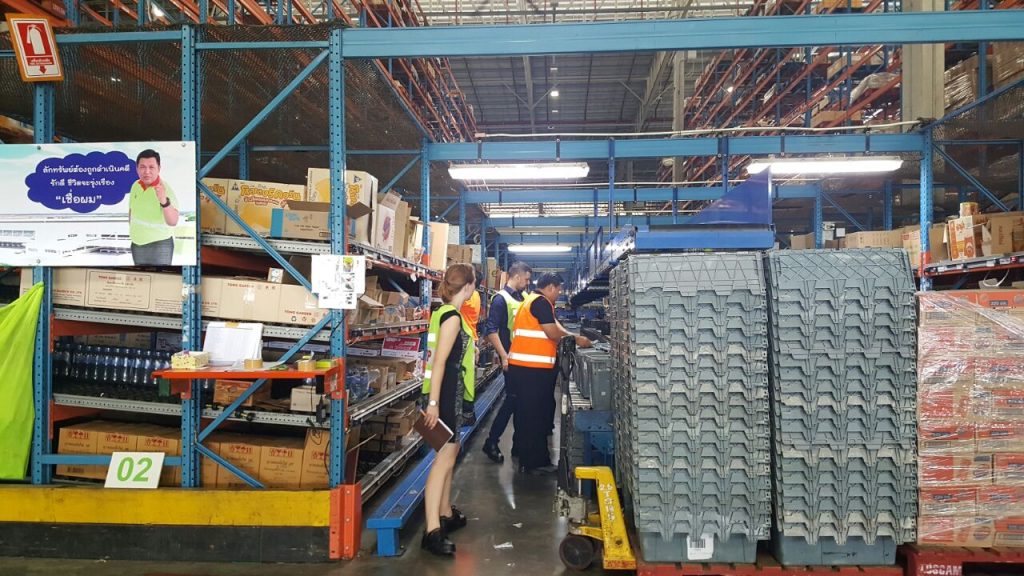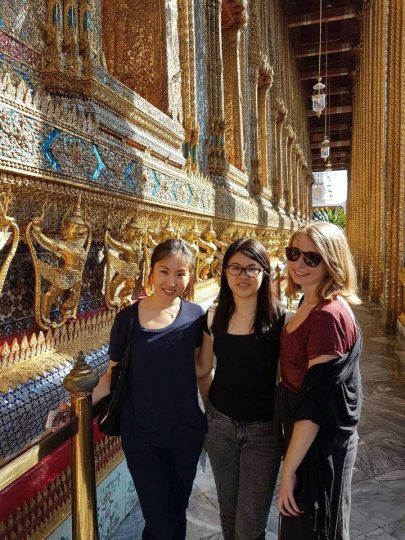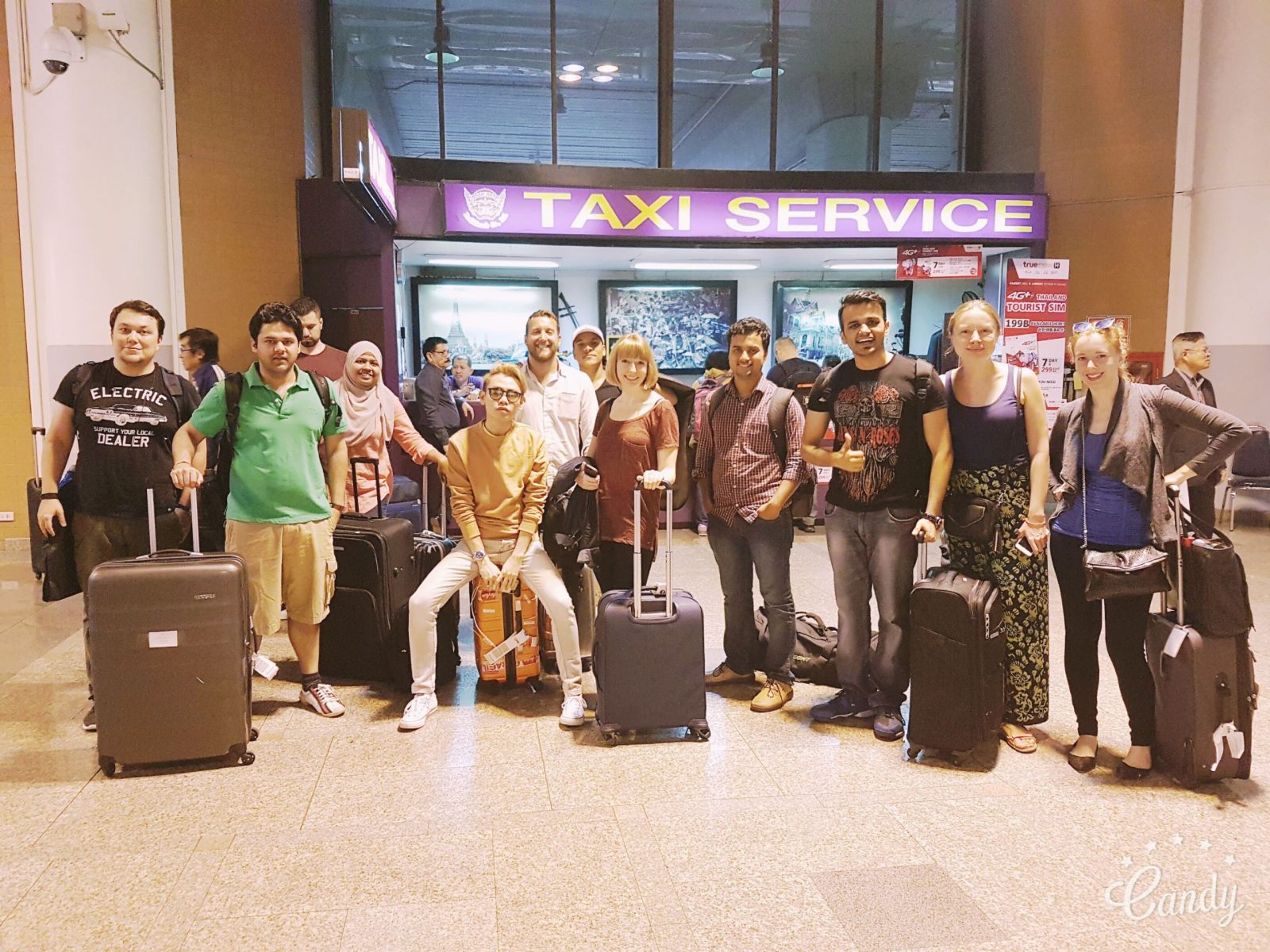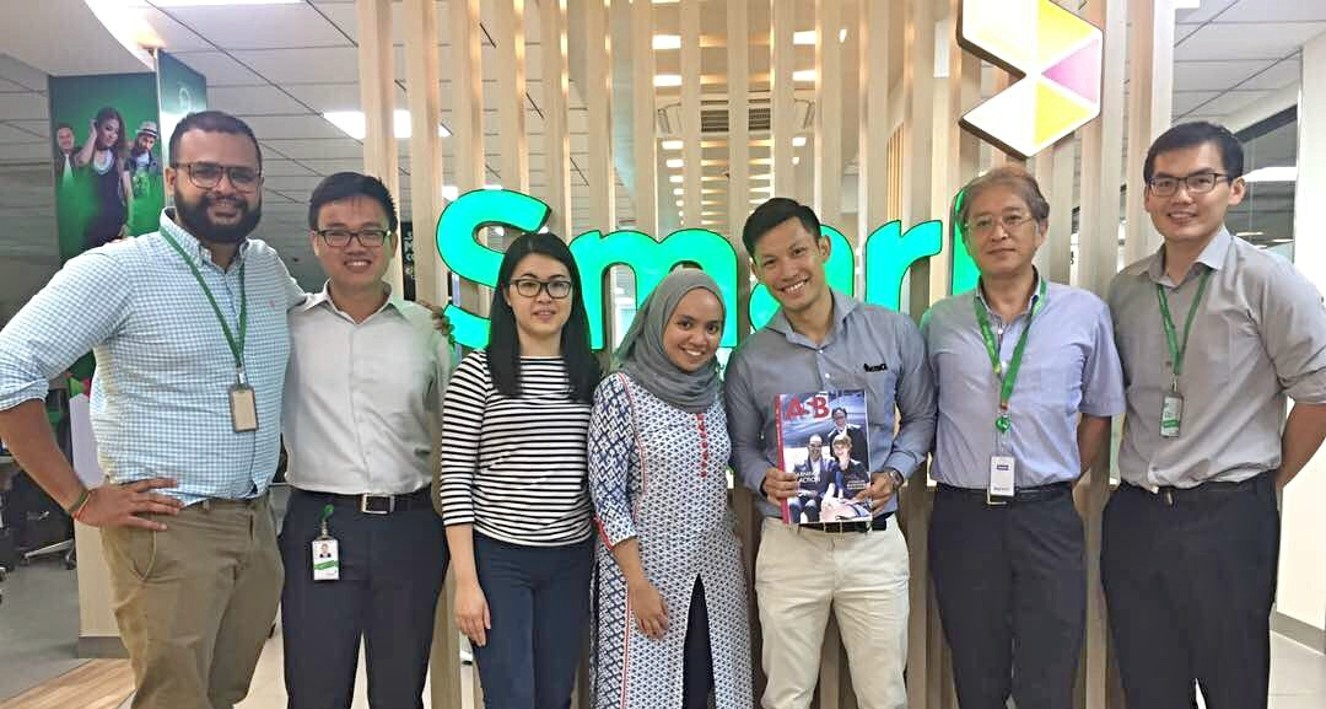This entry is dedicated to mothers who are considering pursuing an MBA.
I have always been someone who constantly strives for self-improvement. As a working mother, I’ve always felt like I want to do more and achieve something bigger. That’s how the journey I am currently on began: with the search for a business school that would not only fulfil my ambition but at the same time enable me to grow in my role as a mother. When it comes to an MBA, the Ivy League schools in the US are the top choices by default. After eight years of living abroad, I wasn’t sure relocating for the second time was the right move for my family and me but I was still keen on a quality MBA degree. I am no superwoman, but I can say that the choice of pursuing my MBA degree at ASB makes it possible. So, why ASB?
I get to learn from the best in a small group where I could make an impact. The Professors are all from MIT Sloan and, being in a small group, these Professors get to concentrate on teaching individuals in addition to teaching a cohort.
It is not all about books. ASB practices Action Learning, where the students get the chance to apply what we learn in the classroom into the real world. I had no marketing experience in my 9 years of working, but through ASB I got to work on marketing projects with great companies.
The networking opportunity at ASB is amazing, especially with top business leaders in ASEAN. For someone like me who has chosen Kuala Lumpur as the place to settle down, such opportunities are amazing and valuable.
ASB grows with the students. The first ASB baby is due in June 2017. The school has been very supportive in making sure the mother, as a student at ASB, gets the support she needs. (That student is me.)
My typical school day begins at 6.30 am – I get my son ready for school, prepare breakfast for my husband, do some house chores and then head straight to my 9am class. Even though classes at ASB typically ends at 5pm, I usually stay back for another hour or two to avoid the traffic and to work on my assignments. I make time for dinner with my family, as I believe that a family who eats together stays together.
After putting my son to bed, I spend some time with my husband before returning to my MBA books. I usually cram my studies on the weekdays to make sure that my weekends are freed up for time with my loved ones. The first year of my MBA journey has been challenging but I enjoy every part of it – the challenges make me a better person and I look forward to the rest of my time as an MBA student at ASB.
